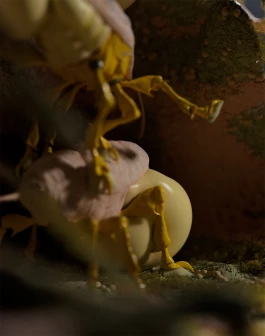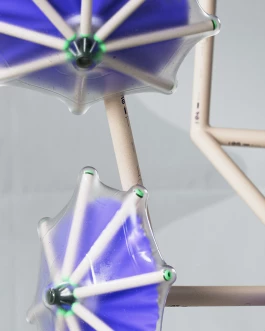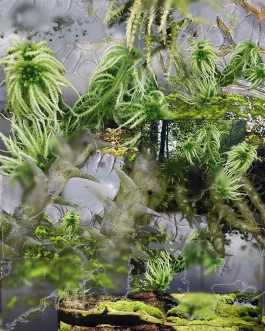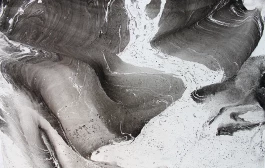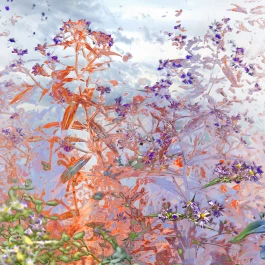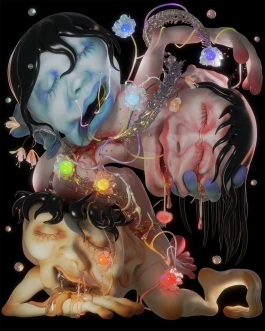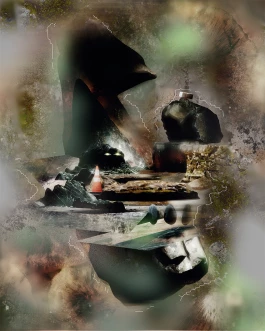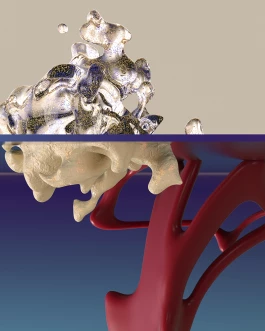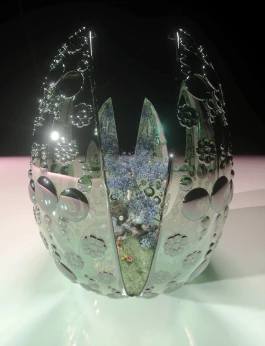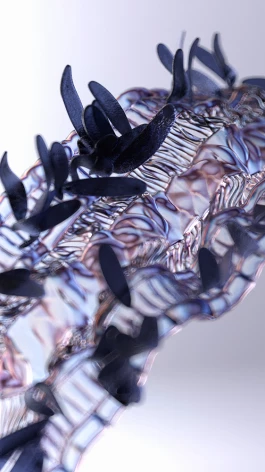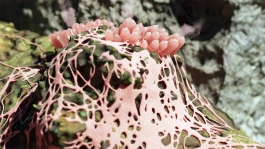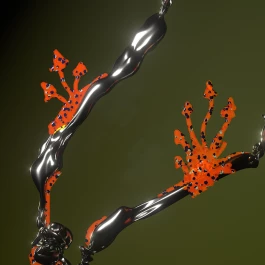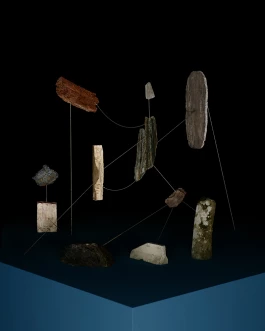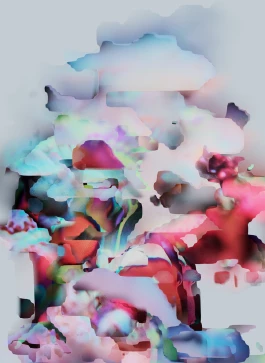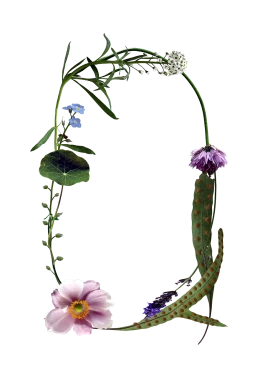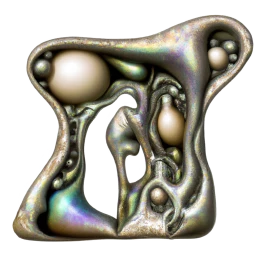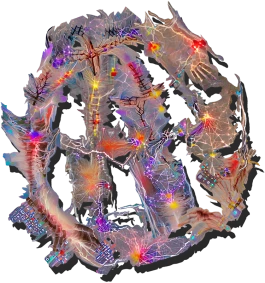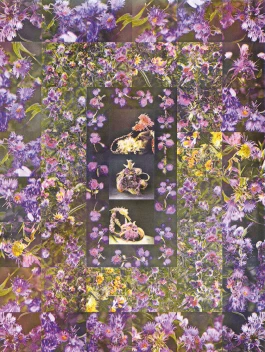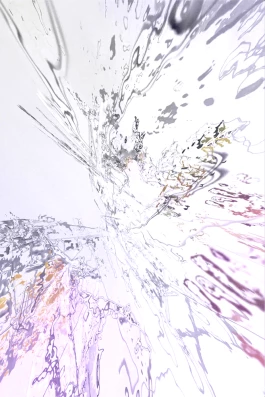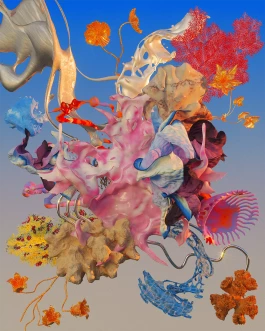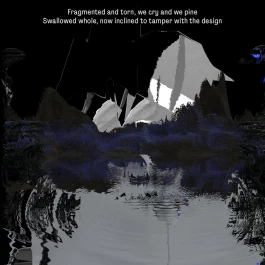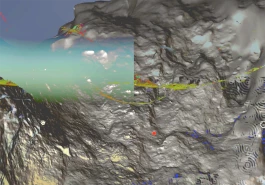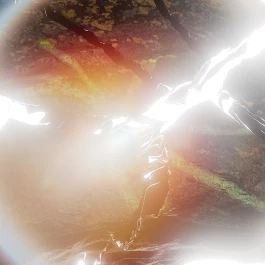Diving deep into the true meaning of digital collaboration with the aim of expanding its limits, we used software and the flux of inputs and outputs to communicate. A process that influenced each of our proposals.
To study how real digital collaboration can work, we took data, such as the motion from Ariel’s soft robotics—which represents a very delicate motion on a small-scale domain—to drive Raquel’s explorations on large-scale abstract landscapes and textural formations. We saw the way that two concepts and styles, which would otherwise live independently, could communicate with each other.
Developing this exchange further, Raquel extracted a series of textures from the different layers of her landscapes in motion, which Ariel used as inputs to displace different components of her creature. Outputs were then imported into Raquel’s environment setup to shape further influences.
In communicating in this abstract way, our two separate datasets both revealed and symbolized how creatures interact with their environment. While visually, the two works might not look related, they are in fact driven by each other—in a similar way, we may be ignorant to what is influencing us.
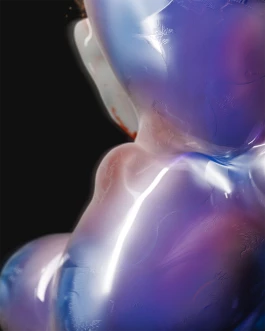
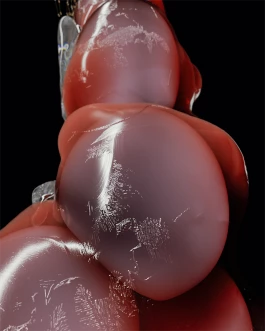
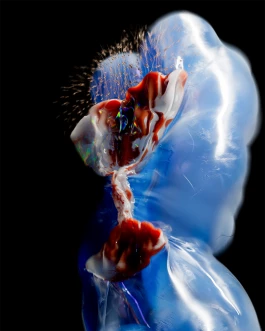
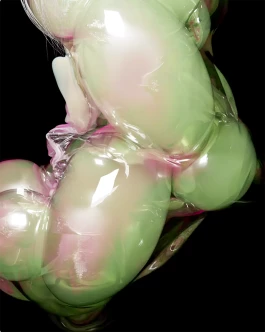
Hailing from Taipei her family, studies, and work have taken her to Sweden, the UK, and now to Berlin. She works primarily in Houdini and has worked for brands including IBM, SPACE10, Mercedes-Benz, Louis Vuitton, Apple, Samsung, and H&M.
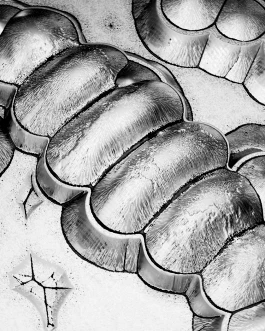
Raquel Villa is a London based 3D artist with a deep curiosity about the mixture of strange behaviours and physics.
